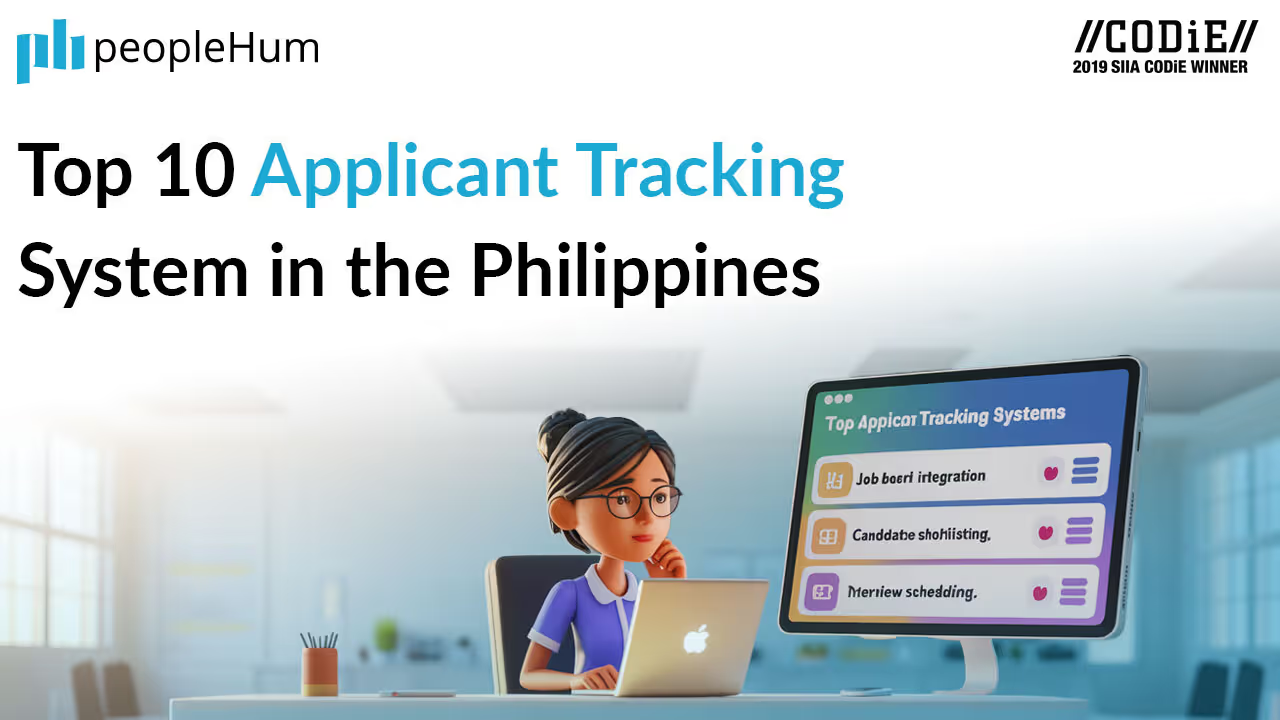If you've been around LinkedIn or, well, people long enough, you might have heard a great many stories regarding the misfortune of remote hiring or about not getting selected for a job interview despite being an "eligible candidate". However, this short read isn't about contesting that last claim; it is the truth about Applicant Tracking Systems.
Job candidates have voiced their opinions and posed a great many questions regarding the recruitment automation software. The true misfortune is not knowing the Applicant Tracking Software facts. Out there are many misconceptions and false beliefs on how an Applicant Tracking System actually works, how they review and qualify candidates, how they function during the rise of hybrid recruiting, and what benefits they provide to both candidates and employers.
To dispel the erroneous misconceptions of one of the top recruiting challenges, here are some common beliefs concerning the ATS and the reality.
The truth about Applicant Tracking Systems - Fact vs fiction
1. "I already have a LinkedIn resume, so I don't need to put my resume into the ATS."
If you have a LinkedIn profile, you can use the website's "Quick Apply" option to apply for a job, which sends a candidate's LinkedIn profile and CV to the hiring employer. Other job-search websites, such as Indeed and Monster have a similar streamlined application process. Applicants can also choose to submit a longer and more detailed job application through job sites, which will expedite them to the front-end of the employing company's Applicant tracking system.
Also Read: 5 Effective Ways To Reduce Time-to-Hire
2. "The ATS looks for keywords, dates and job titles in your resume."
This may be an accurate truth about Applicant Tracking Systems, depending on how an organization's ATS is set up. Keywords that are used as pre-qualifiers are used to screen out applications that do not match the basic requirements of the role. Additionally, pertinent qualifying questions such as, "Do you have at least three years' experience as a marketing manager?" can also be programmed into the ATS. Candidates who do not meet these requirements may be disqualified or their information may be placed in a "knock-out pile" for future review.
3. "ATS are advanced enough to figure out how to collect, organize and arrange all the information on the resume."
Many ATS require assistance, through the use of headings, to identify where data should be placed. As a result, valuable information can be misfiled and overlooked. Many ATS only use data that fits with their formatting criteria.
Must read: The ROI of ATS
4. "It’s better to send your resume in PDF format when submitting to an ATS."
Most ATS can read documents in Word or PDF format. Most recruiters will look at the resume you've included to your application rather than relying entirely on the resume you've entered into the job applicant tracking system. The truth about Applicant Tracking Software is that it is preferable to avoid using special characters like ampersands and accent marks or even tables and images as many ATS system may have trouble reading them.
Also Read: Text Recruiting: How to keep your candidates engaged
5. "If the keywords are not detected, you will be rejected right away."
This is depending on how the resume management software is set up by the organisation. Companies can programme their ATS to score applications, focus on hiring tracking and hold those that don't match the basic requirements in a separate "holding database" for later consideration.
6. "Applicant tracking systems can read resumes in any format."
If your resume isn't ATS-optimised, it has a higher chance of falling through the cracks. Another chance is that a resume tracking system could misread a resume.
An Applicant tracking system may be unable to comprehend graphics (including bullets), erroneous headings, formatting, characters, and phrasing. Even then, a recruiter may interpret material on a CV as a single, unformatted paragraph. The truth about Applicant Tracking Systems is that some ATS are currently trying to utilise top recruiting resources such as neuro-linguistic programming (NLP) techniques to circumvent the absence of keywords in qualified candidate resumes, LinkedIn profiles, and other social media profiles.
7. "Any resume longer than 2 pages will be rejected by an ATS."
Contrary to popular belief, the length of a resume doesn't make a big difference. However, if a resume management software or a job applicant tracking system is programmed to look for specific terms, resumes that include more of those terms may score higher.
8. "All ATS operate similarly."
Resume tracking systems aren't all similar. The truth about Applicant Tracking Systems is that they differ in terms of complexity and functionality. An ATS from one business may be configured with different settings so that it functions differently than another ATS from the same company. Popular ATS systems also provide various recruitment metrics to track.
Also Read: Top 10 recruitment thought leaders to follow in 2023

Put your ATS doubts to rest with peopleHum
Now that we have dispelled the most pervasive misconceptions and given you a brief understanding on the truth about Applicant Tracking Systems, it's time to put your doubt to rest.
To know more about what popular ATS systems does and how you can use it to effectively meet your organizational needs, head on to the following blogs:
- How to choose the Right Recruitment Management System
- Quick guide to an effective recruitment process
Better yet, switch to an advanced grade of Applicant Tracking System that helps you practice your recruitment process the effective way rather than trusting your gut feeling in hiring. If you're still confused, you can check out a guide to Applicant Tracking Systems. Make the switch to better ATS with peopleHum's recruitment management system.
Too early for you to commit? Then take our free demo and let's have a conversation.

















































